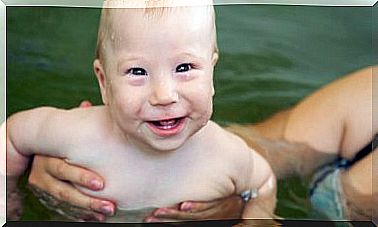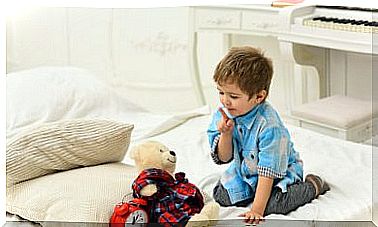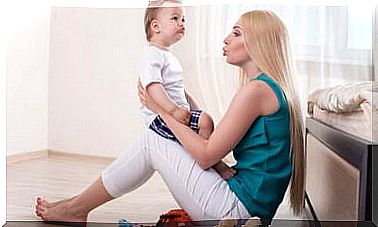Familiar Communication Patterns

The family context is the first place in which children begin to relate to the environment and establish social ties. Therefore, the mode of interaction between parents and child directly influences child development. Thus, there are different family communication patterns that you must know in order to adopt the most appropriate one.
In this sense, it can be said that maternal and paternal behavior is of vital importance for the upbringing and education of children. This will mark the behavior and attitude of the child in various social situations.
Dimensions related to family communication patterns
Family communication is based on the exchange of ideas, on open, free and frequent dialogue, on the predisposition to reach agreements, etc. Therefore, it can be defined and classified according to two dimensions:
- Orientation towards conversation. Degree to which families establish a climate in which all members are willing to participate and interact freely.
- Orientation towards conformity. Degree to which family communication causes a certain homogeneity to form in the attitudes, values and beliefs of all its members.
According to the interaction between these two dimensions and the degree that is obtained in each one of them, the four types of existing familiar communication patterns are formed.

The 4 familiar communication patterns
Koerner and Fitzpatrick formulate their own theory about the familiar patterns of communication. According to this theoretical model, four types can be distinguished: consensual, pluralistic, protective and laissez-faire . Each of these patterns is described below.
Consensual families
They are the families that establish a high degree of orientation towards conversation and towards conformity. They are characterized by a parent-guided communication pattern. That is, there is a family hierarchy in which everyone can express their ideas, but parents are the ones who have the last word.
They are families open to dialogue in which respect prevails above all else. Parents resolve conflicts by listening and explaining their decisions so that their children understand them.
For this reason, the children of these families internalize and cling to the values, attitudes and beliefs that they transmit to them from an early age.
Pluralistic families
These families score high on the conversation level, but low on compliance. The communication they establish is characterized by opening discussions in which all members can express themselves freely. In addition, parents do not get too involved in the decision-making of their children. Thus, they adopt a position of acceptance of opinions, ideas and behaviors.
Therefore, children learn to be independent and autonomous. So these families focus on arguments and rational thinking.
In these cases, each member constructs their own thoughts and assumes a series of values, beliefs and attitudes that do not have to coincide with the rest of their family members.
Protective families
They are those families that present a low level of orientation towards conversation, but high in the orientation of conformity. Their communication pattern is based on obedience to parents.
Parents take full responsibility for the decision-making process without letting their children get involved and have a say. Therefore, children must simply assume the task of following orders, without the justification of the orders having been previously explained to them.
These children grow up without the ability to process information. And, as a consequence, they are easily influenced and persuaded by other authority figures, without considering or evaluating the arguments they have.
Laissez-faire families
They are the families that are characterized by a low level in the orientation of the conversation and of the conformity. Their communication is limited and infrequent.

Parents leave their children complete freedom in the decision-making process. In fact, they disengage and show little interest in their results. These children are often influenced by their friends or by other third parties in their environment.
The importance of family communication patterns
As we have seen, the decision to choose one or another communication pattern influences the personality that the child develops. You decide what kind of mother or father you want to be. But remember:
So, keep in mind that your behavior is a trigger in the lives of your children, not only in childhood, but also when they are adults. Therefore, it is time for you to think about what kind of communication you want to establish with your children.










